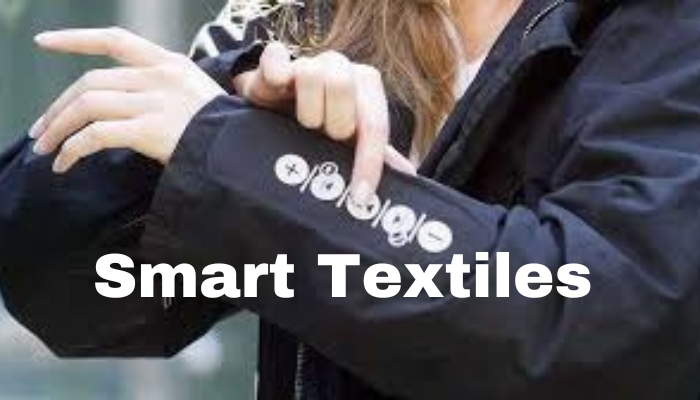Human body’s role in advancing smart textiles

Researchers developed fiber-based electronics that harness the human body’s energy to power T-shirts capable of displaying changing messages
The future of smart textiles, once rooted in science fiction with concepts like T-shirts displaying changing messages or carpets sensing your position, is now becoming a reality.
Researchers in China have developed smart fibers that can achieve these functionalities without needing a battery pack. These fiber-based electronics utilize electromagnetic energy from the atmosphere, incorporating the human body as part of the circuit.
This innovative “body-coupled” fiber electronic technology eliminates the need for electronic chips or batteries, opening up possibilities for various applications.
“The fibres transform electromagnetic energy into other forms of energy, such radio waves and visible light, when it travels through them. As a result, when the human body comes into contact with the fibre, it also emits electric signals,” said Chengyi Hou, a co-author of the work from Shanghai’s Donghua University.
By controlling various aspects of the system, such as the area of fiber in contact with the body or the diameter of the fibers, these wireless signals can be programmed, Hou added.
“These wireless signals can be conveniently picked up with a coil, and then wireless signals with different characteristics will be ‘translated’ by electronic devices into different commands,” he said, noting that this could include turning the device on or off, or other actions.
The team believes that their approach overcomes a key challenge in integrating electronic systems into textiles: the need for rigid components.
“We have already achieved mass production of this new type of fiber electronics, which is as fine and soft as traditional fibers, so the next step is to apply it to textiles we use every day, such as clothes, towels, carpets, and so on,” said Hou.
The team has developed a prototype that combines a fabric keypad and wearable display. They suggest that this might facilitate communication for people who are hard of hearing. They also created video game controllers made of linen.
Additionally, they created a wireless haptic carpet that emits light beneath feet, both as a wireless signal transmission device and an emergency light at night. Lights and other household equipment can have their switches controlled by use of these signals.
In their publication in the journal Science, the team described the fibers as consisting of three layers, constructed from inexpensive raw materials. These fibers are durable, washable, and resistant to sweat.
Yunzhu Li from the University of Illinois Urbana-Champaign and Yiyue Luo from MIT suggest in a separate piece that this technique could also be used in robotic prosthetics and robotics. It might also be used to gather tactile data, which would improve our comprehension of how people interact with the things around them.
Dr. Luigi Occhipinti, the director of research in smart electronics, biosystems, and AI at the University of Cambridge, also expressed optimism about the approach.
Furthermore, according to Dr. Luigi Occhipinti, “developing new categories of e-textiles that integrate skin sensors and unconventional electronics, powered solely by fiber-based energy harvesters in contact with our bodies, could introduce a completely new category of self-powered wearable electronics, given our constant exposure to electromagnetic fields of various types and characteristics.” These gadgets might make it possible to continuously monitor an individual’s health.”


